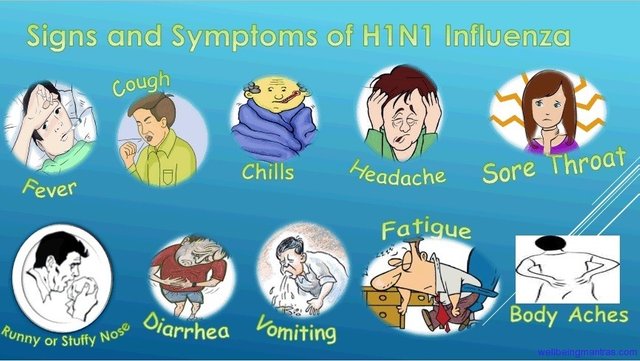HIV/AIDS Precautions
.jpg)
How is HIV transmitted?
The human immunodeficiency infection (HIV) can go starting with one individual then onto the next in the accompanying ways:
by unprotected sex with contaminated people
by utilizing defiled needles
by means of transfusion of contaminated blood or blood items
from a tainted mother to her newborn child previously or amid birth
by means of organ transplant from a contaminated giver
HIV isn't found in upchuck, dung, nasal emissions, tears or pee unless these liquids are obviously debased with blood.
HIV isn't spread by easygoing contact. There is no danger of getting to be noticeably contaminated with HIV by chipping away at a similar sequential construction system, utilizing a similar gear, sharing locker rooms or can offices or being in an indistinguishable office from somebody with HIV disease or AIDS.
Who are the specialists in danger?
All specialists who are in contact with tainted blood or other body liquids are in danger. Presentation to HIV in the working environment happens through:
skin and mucous film contact with blood and other body liquids of a tainted individual
mischances with needles or other sharp instruments tainted with the blood of a contaminated individual

How is transmission in the work environment avoided?
The Centers for Disease Control prescribe utilizing routine practices to shield specialists in danger from HIV presentation. This approach focuses on that all circumstances including contact with blood and certain other body liquids show a hazard. Routine practices diagram the utilization of obstructions to avert work environment introduction to HIV and different infections. These obstructions incorporate the utilization of:
building controls, for example, retractable needles
safe work rehearses and authoritative controls
defensive hardware, for example, gloves, outfits or smocks, covers, and defensive eye wear.

